Moon
This page explains what Moon is, who uses it and how you can start to learn it.
What is Moon?
Where braille uses dots, Moon uses raised lines and curves, with added dots.
These can represent sounds, parts of words, whole words or numbers.
Dr William Moon (1818–94) invented the Moon alphabet after losing his sight completely at the age of 21.
Who uses Moon?
How Sense can help
We offer free and impartial information about living with complex disabilities, including deafblindness.
We also offer services all over the UK, including day services, community support and residential care. Talk to our team to find out more.
Get in touch by phone, email, post or through a BSL interpreter.
If you are blind, have sight loss or if you are deafblind, you can use Moon to read by touch.
It can be useful if you have less sensitive sense of touch or limited motor control, because the characters are large, open and easy to read.
It’s a simple system, so family and friends can also learn it quickly.
If you’re familiar with the print alphabet, you may find it easier to learn.
Though many people who are deafblind do find Moon easier to learn than braille, it’s used less often than braille and hardly at all outside of the UK.
Books produced in Moon are large and heavy. They can be uncomfortable to handle.
There are no portable mechanical devices for writing Moon.
Before you read on…
- You can communicate using a mix of different ways (we all do!).
- At Sense, we use whatever combination of speech, touch, sign or visual language works best.
- It’s never too late to start.
- Have a go and don’t worry about getting it wrong.
How can I start to learn Moon?
There are two grades of Moon:
- Grade 1 (uncontracted) is a straight translation from print and includes the alphabet, numbers and punctuation marks.
- Grade 2 (contracted) uses additional signs and a simple form of shorthand. This makes Moon documents smaller and easier to read faster.
Tuition and support for adults
Sign up to our newsletter
Find out more about communication methods and read inspiring stories about the people that use them.
If you’re looking for a Moon teacher in your area, contact your local authority’s visual impairment team or sensory services team.
They may be able to suggest local teachers or Moon users who can offer support.
Tuition for children
To find out whether Moon is right for your child, you’ll first need to speak to a qualified teacher of children and young people with visual impairment (QTVI).
Contact your local authority’s visual impairment team or sensory services team for contact details of a QTVI.
Products for writing and producing Moon
You can get a range of products for writing and producing Moon:
- Pre-embossed Moon labelling sheets for notes and simple text.
- Moon hand frame – a low-tech method for short notes and making labels.
- Linear Moon – you use swell paper (special heat-sensitive paper), a printer, a low-temperature photocopier and a heat fuser to produce raised Moon characters.
- The Zymarker pen – you can use this to draw Moon characters directly onto the swell paper.
Books for children in Moon
ClearVision Library offers more than 14,000 fiction and non-fiction picture books, mainly for pre-school and primary-aged children. The books are adapted to include braille or Moon on clear plastic sheets.
To find out more, visit the ClearVision website, call the ClearVision Library on 020 8789 9575 or email: [email protected]
Other types of communication
These are the main ways of communicating that we use:
-
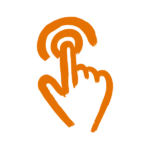
Using touch
- Braille uses raised dots to touch.
- Deafblind Manual spells words on to your hand.
- Block alphabet spells letters on to your hand.
- Tadoma uses lipreading by touch.
- Hand-under-hand signing using touch.
-
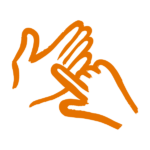
Using signs
- Sign language.
- Makaton, a simpler version of sign language.
- Visual frame signing for people with reduced vision.
- Objects of reference.
-
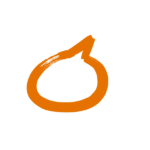
Using speech
-
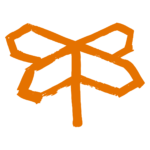
Also
- Non-formal communication without speaking, writing or signing.
- Intensive interaction treating everything as communication.
Stay in touch
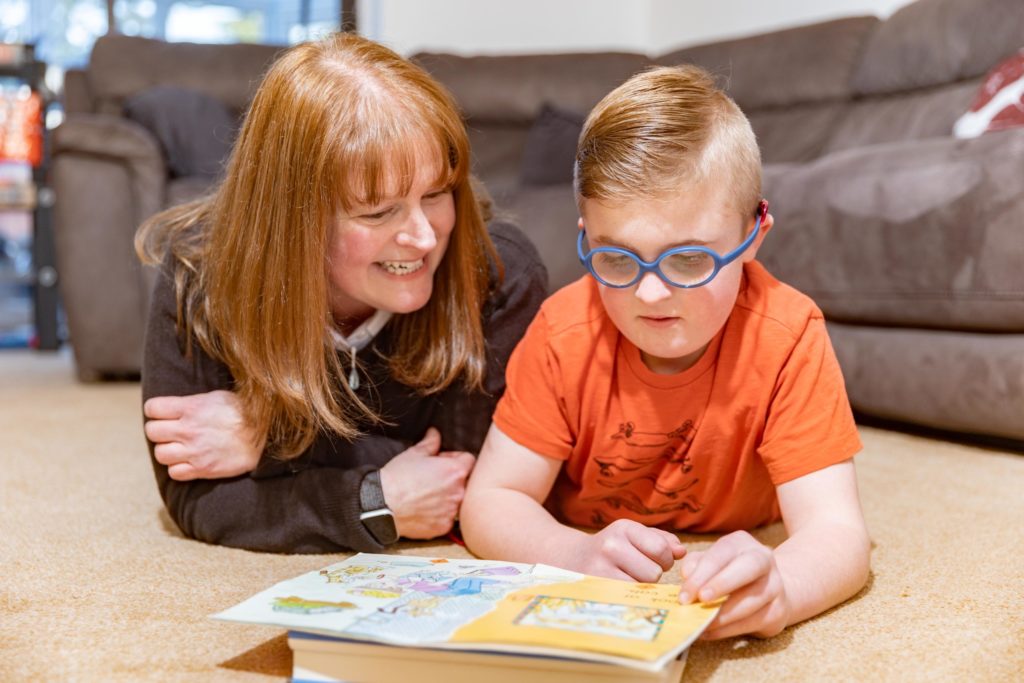
Get updates about our vital work, including volunteering, making a donation or supporting Sense campaigns.
This content was last reviewed in April 2023. We’ll review it again in 2025.
